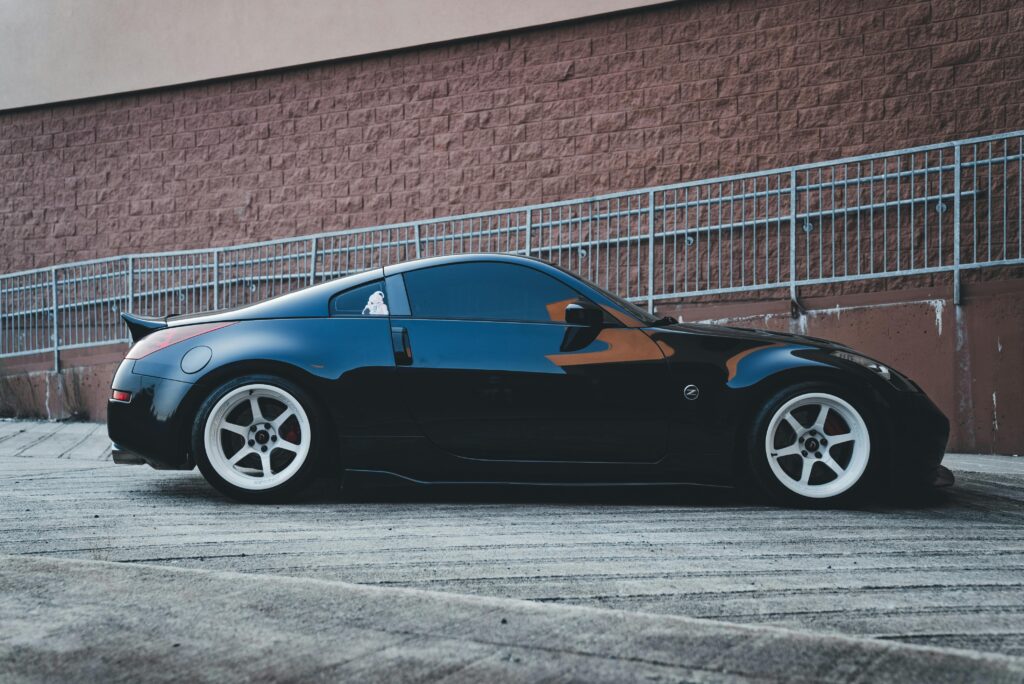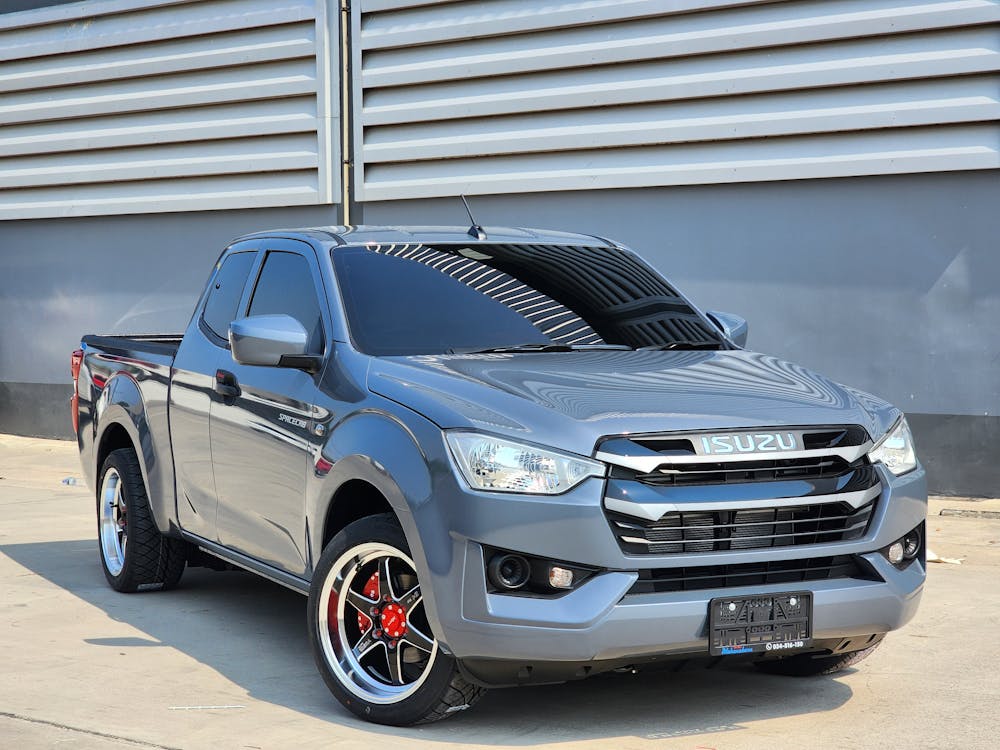Window tinting for cars is a common practice in the U.S. In this article, you’ll learn about common characteristics, types of films, tinting methods, and factors to consider before tinting your car’s windows.

There are numerous benefits, such as protection against UV rays, heat reduction, improved privacy, and enhanced safety.
However, it’s important to note that regulations vary significantly by state, requiring attention to local laws before proceeding.
Common characteristics of window films
Before choosing a film, it’s essential to understand its technical characteristics.
The most important is VLT (Visible Light Transmission), which indicates the percentage of light that passes through the film.
For example, a 50% VLT means 50% of visible light can enter, while the rest is blocked, affecting perceived darkness and regulated by state laws.
Other characteristics include:
- UV Protection: Most films block up to 99% of UV rays, protecting your skin and the vehicle’s interior.
- Heat Rejection: Varies by film type, crucial in hot states like Texas or Florida.
- Glare Reduction: Reduces sun and headlight glare, improving visibility.
- Safety: Some films reinforce glass, holding fragments together if it breaks, which is useful in accidents.
These factors determine the effectiveness of the tint and should align with the driver’s needs and local conditions.

Types of films and their advantages and disadvantages
There are several types of films, each with specific characteristics.
Below is a detailed breakdown with a comparison table:
| Film Type | Description | Advantages | Disadvantages |
|---|---|---|---|
| Dyed Film | Layers of dye that absorb light | Affordable, good privacy | Fades over time, less heat rejection |
| Metallized Film | Metallic particles that reflect heat | High durability, good heat rejection | May interfere with electronic signals (GPS, radio) |
| Carbon Film | Carbon particles that block infrared | Good heat rejection, sleek finish | Less effective against UV than ceramics |
| Ceramic Film | Non-metallic ceramic particles | Maximum UV and heat protection, no electronic interference | More expensive |
| Hybrid | Combination of technologies (e.g., dye + ceramic) | Balance of cost and performance | Effectiveness depends on manufacturer quality |
Ceramic films are ideal for hot climates, while dyed films are a budget-friendly option for those prioritizing cost.
An interesting detail is that hybrid films, though less known, offer a middle ground between price and performance, emerging as a growing option in the market.
Tinting methods
Beyond film types, there are different application methods for tinting windows. Here’s an overview:
- Film Application
- Description: The most common method, involving an adhesive film applied to the inside of the windows.
- Advantages: Easy to install, variety of options, removable and replaceable.
- Disadvantages: Can wear over time (bubbles, fading) if not high quality.
- Factory Tinting
- Description: Some windows come tinted from the manufacturer, using pigments in the glass.
- Advantages: Extremely durable, uniform appearance, complies with regulations from the start.
- Disadvantages: Not customizable, typically lighter to meet laws, less common in standard models.
- Spray Tinting
- Description: A tinted coating applied directly to the glass via aerosol.
- Advantages: Unique finish, no visible edges, can be cheaper in some cases.
- Disadvantages: Less common, hard to repair or remove, may not be legal in all U.S. states.
Film application is the most accessible and flexible option, while factory tinting is more common in new luxury vehicles. Spray tinting, though innovative, faces legal and durability limitations, especially in states with strict regulations.

Considerations before tinting
Before tinting, it’s critical to evaluate several factors, especially in the U.S. context:
- State Regulations: Laws vary by state. For example, in California, front side windows must allow at least 70% VLT, while in Texas, rear windows can be darker.
- Climate: In hot states like Arizona or Nevada, films with high heat rejection (ceramics) are ideal to keep the interior cool. In colder climates like Minnesota, a higher VLT may be preferable to allow more light and natural heat.
- Purpose: Determine if you want privacy (dark films), UV protection (ceramics), heat reduction, or just aesthetics. For families, safety and thermal comfort are often priorities.
- Budget: Dyed films are the most affordable, while ceramics can cost significantly more. Consider long-term costs, including maintenance and replacement.
- Vehicle Use: If the car is used for work, like deliveries, some companies or job regulations may require lighter windows. For personal use, privacy might matter more.
These considerations ensure the tint complies with laws, suits the climate, and meets the driver’s needs, maximizing its benefits.
